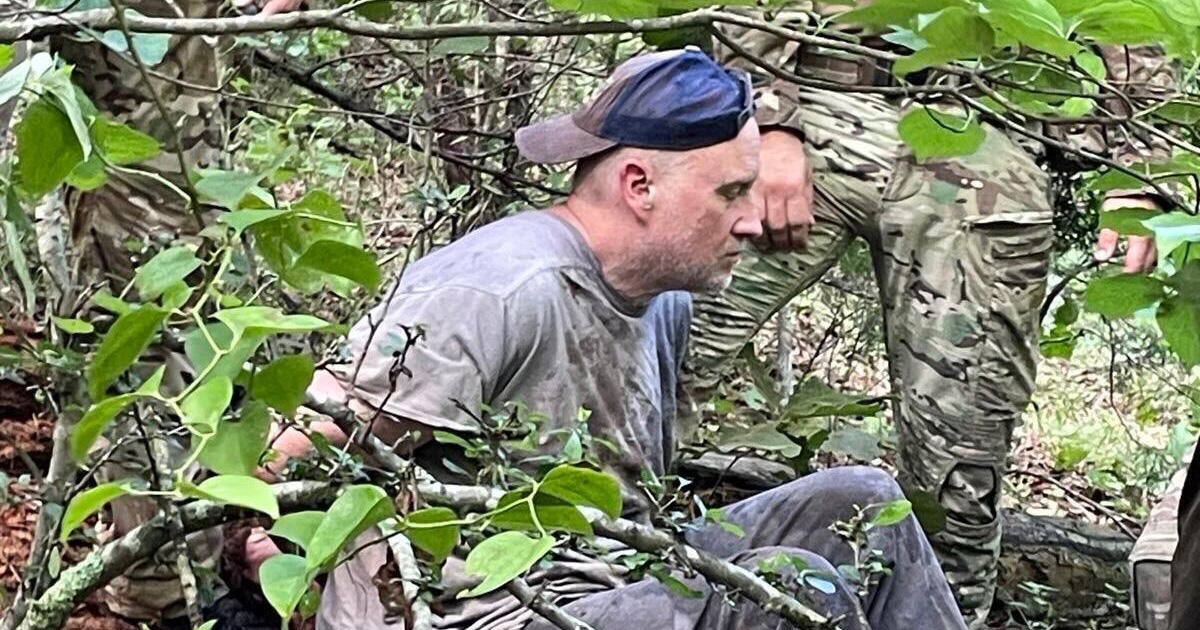India's Pigeon Feeding Ban: A Clash of Tradition, Health Concerns, and Public Outcry

A recent ban on pigeon feeding in a popular area of India, known locally as a kabutarkhana (pigeon sanctuary), has ignited a fierce debate and sparked widespread protests. The closure of this decades-old tradition has led to clashes between residents and police, highlighting a complex conflict between public health concerns and deeply rooted cultural practices.
The kabutarkhana, a cherished space where people gather to feed pigeons, has been a fixture of the community for generations. This month, the decision to close the area, citing concerns about disease transmission and sanitation, has been met with strong resistance. Demonstrations have erupted twice, with hundreds of protestors confronting law enforcement. Some protestors even damaged protective tarpaulin sheets covering the area and vowed to stage an indefinite hunger strike to reverse the decision.
The Health Concerns: Why the Ban?
Authorities argue that the large concentration of pigeons poses a significant public health risk. Pigeons can carry diseases like avian influenza, histoplasmosis, and cryptococcosis, which can be transmitted to humans. The droppings also contribute to unsanitary conditions, potentially spreading bacteria and fungi. The ban aims to mitigate these risks and improve public hygiene.
A Tradition Under Threat: The Emotional Connection
For many residents, feeding pigeons is more than just a pastime; it’s a deeply ingrained cultural and religious tradition. Pigeons hold symbolic significance in various faiths and are often associated with peace, good luck, and spirituality. The kabutarkhana served as a community gathering place, a space for socializing, and a connection to their heritage.
“This is not just about feeding birds; it’s about our culture, our identity,” said one protestor, reflecting the sentiments of many in the community. “We’ve been doing this for decades, and it’s a part of who we are.”
Finding a Solution: Can Tradition and Health Coexist?
The current situation presents a challenging dilemma: how to balance public health concerns with the preservation of cultural traditions. A complete ban may alienate the community and disregard the emotional significance of the kabutarkhana.
Possible solutions could involve implementing stricter hygiene measures, such as regular cleaning and disinfection of the area, controlling the pigeon population through humane methods, and educating the public about disease prevention. Engaging in dialogue with community leaders and residents to develop a mutually acceptable solution is crucial.
The controversy surrounding the pigeon feeding ban underscores the complexities of navigating cultural practices in the face of modern public health challenges. Finding a way to reconcile these competing interests will require sensitivity, understanding, and a willingness to compromise.






